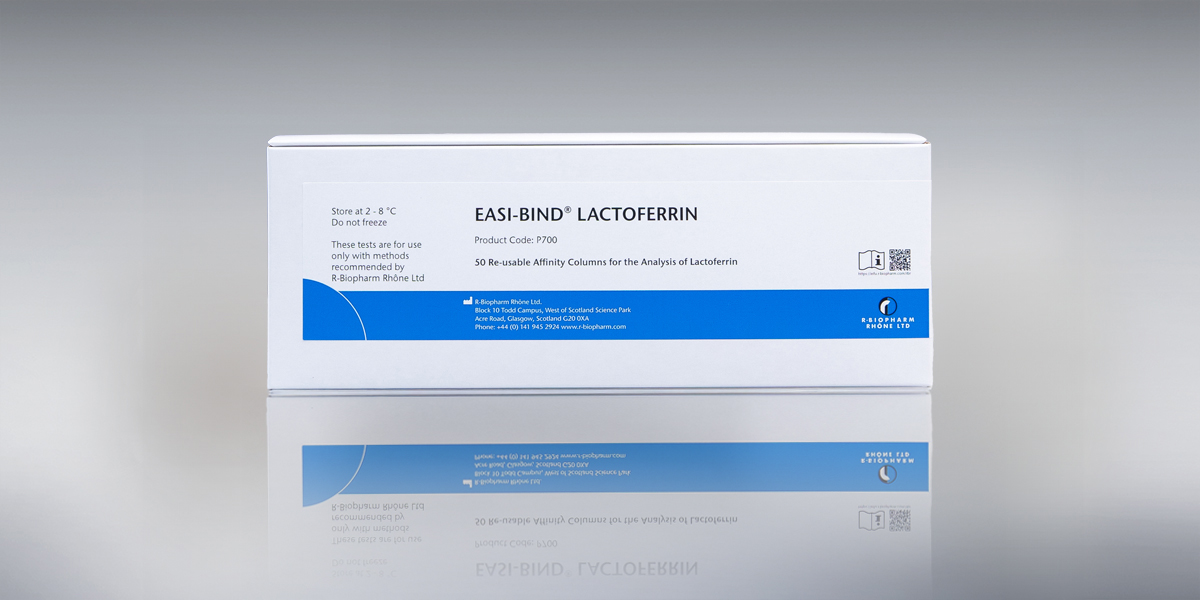
Recent news in Food & Feed Analysis
- Home
- /
- Food fraud: What’s really...
Food fraud: What’s really in our food?

Ever since the horsemeat scandal it is clear that our food isn’t always what we think it is. Food fraud cases emerge again and again – and consumers are increasingly concerned. Here are five food fraud facts you should know about.
1. Food fraud comes in many shapes
Usually, the term food fraud refers to the deliberate adulteration of food for economic gain. This includes substitution, addition, tampering or misrepresentation of food or food ingredients – for example the dilution of milk with water, the blending of beef with horsemeat or the illicit labelling of food as “GMO-free” or “organic”. More specifically, John Spink and Douglas Moyer from the Michigan State University have identified as many as 7 distinct kinds of food fraud:
- Adulteration: A component of the finished product is fraudulent
- Tampering: Legitimate product and packaging are used in a fraudulent way
- Over-run: Legitimate product is made in excess of production agreements
- Theft: Legitimate product is stolen and passed off as legitimately procured
- Diversion: The sale or distribution of legitimate products outside of intended markets
- Simulation: Illegitimate product is designed to look like but not exactly copy the legitimate product
- Counterfeit: All aspects of the fraudulent product and packaging are fully replicated
2. Food fraud is widespread
Although there is no precise data available, several studies indicate that food fraud has increased over the past years. The main reasons for this are globalization and the associated complex food supply chains. Between November 2015 and February 2016 alone, more than 10,000 tons of food and over one million liters of beverages have been seized by Europol. It is estimated that about 10 % of all commercially sold food products are affected. The most frequently adulterated foods include fish, honey, olive oil, milk, spices, fruit juices, coffee, tea and meat.
3. A lot of money is made with adulterated food
Food fraud is a lucrative business for criminals. According to a recently published statement of the president of the German Federal Office of Consumer Protection and Food Safety (BVL), Helmut Tschiersky, experts estimate the profits from food fraud to be of a similar size to the proceeds of drug trafficking.
4. Food fraud is hardly noticeable
Adulterated food is usually not apparent to the consumer – it does not differ from genuine products in terms of appearance or flavor. The true origin of a food product can only be detected in the laboratory by means of PCR tests on the basis of DNA. Regular food inspections by manufacturers and authorities are therefore essential to identify a possible fraud.
5. Food fraud may be a risk for consumers
Usually, food fraud poses no risk to human health – in most cases, the only consequence is that the consumer pays the price for a high-quality product but only receives a low-quality product. However, food fraud may be life-threatening to allergic persons if unlabeled allergens get into the product – for example when a bag of chopped almonds is blended with peanuts. As we have already described, the consequences may be dramatic.


